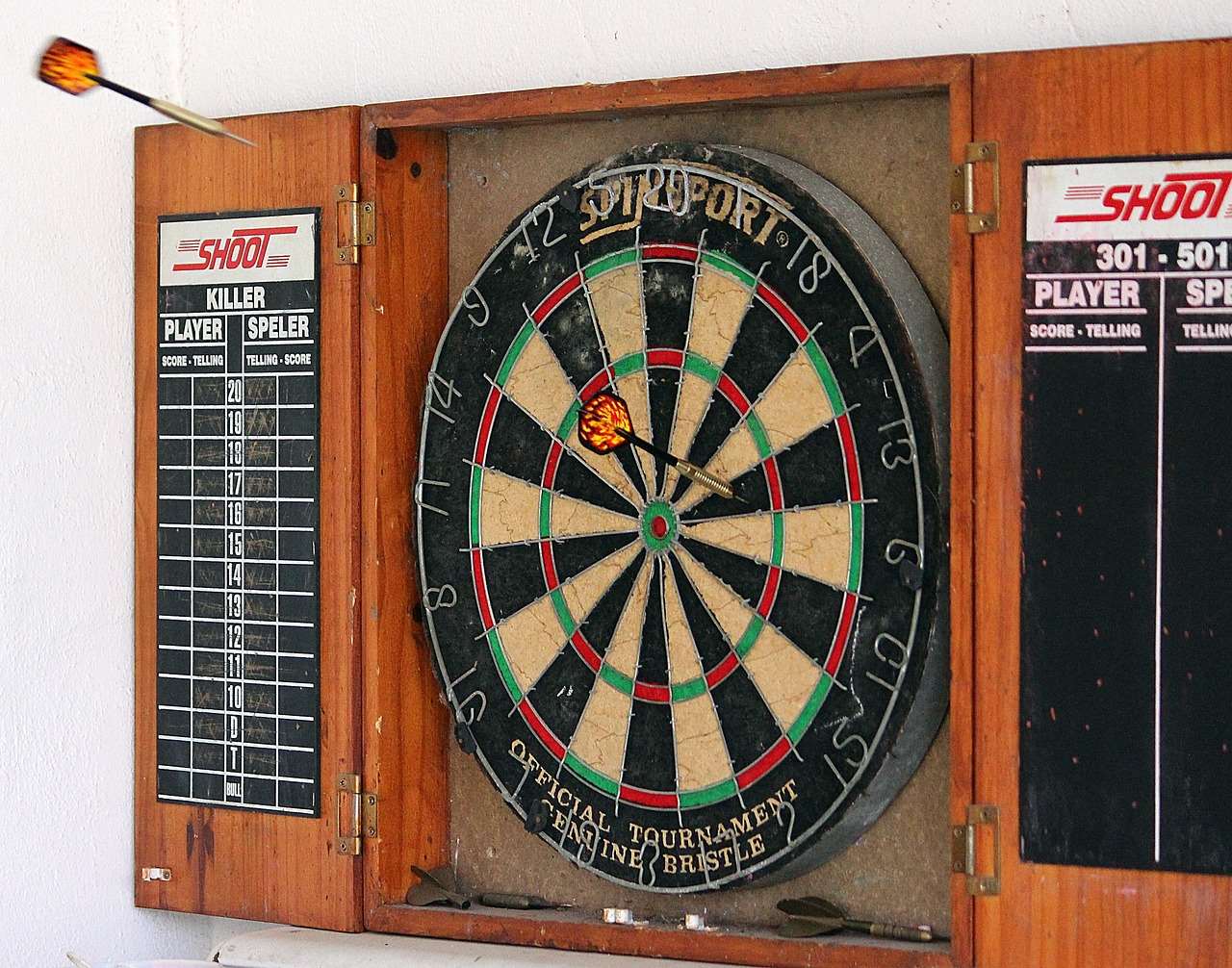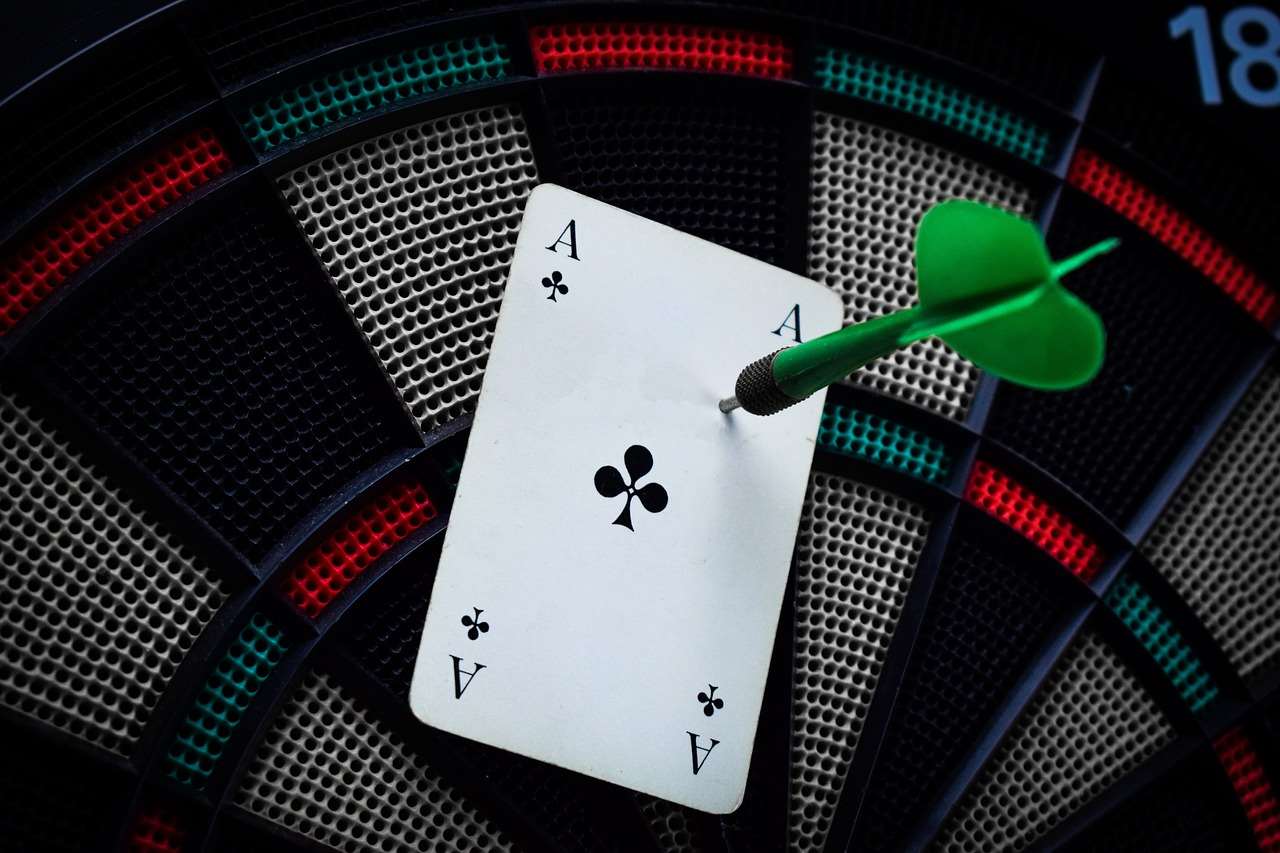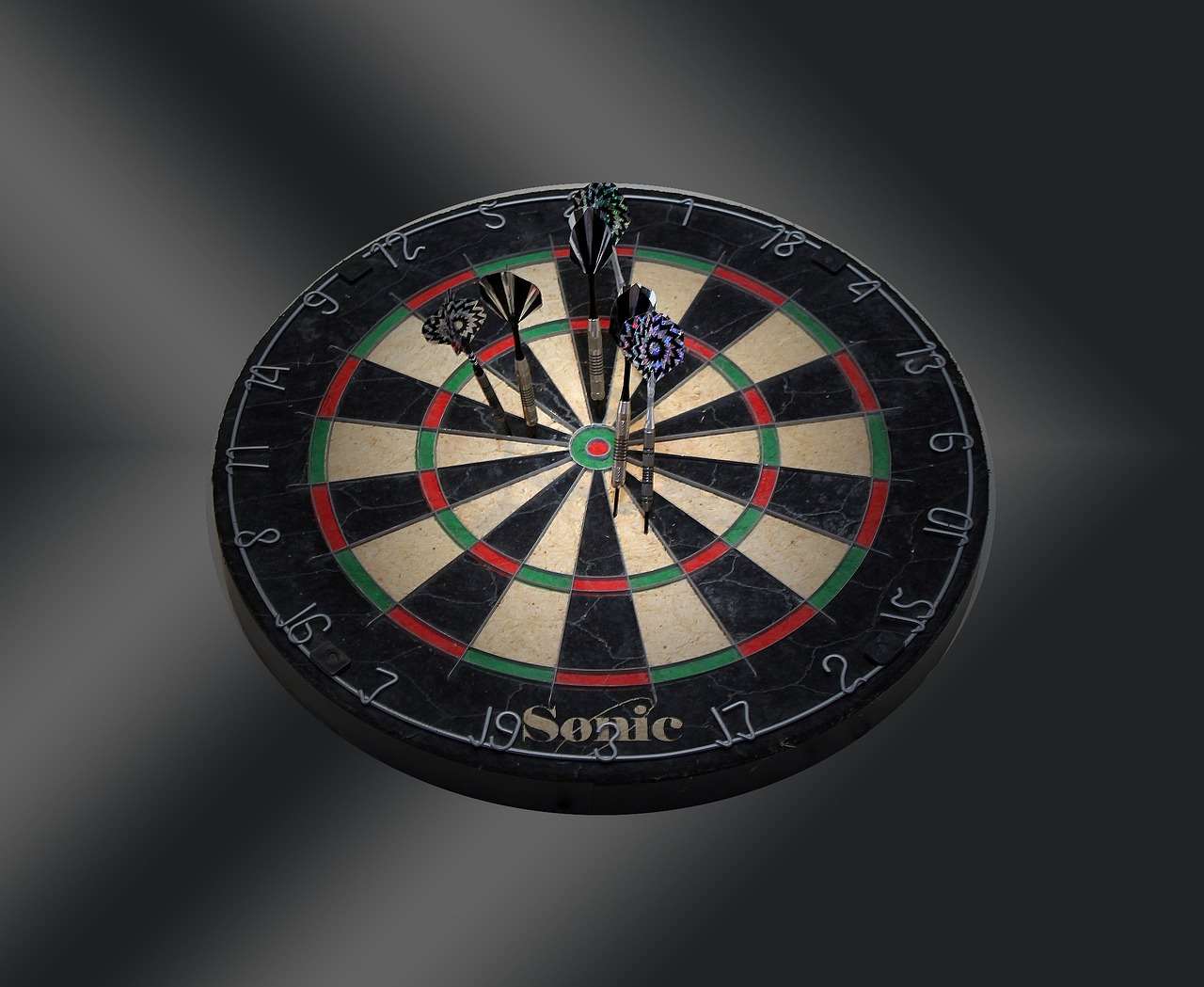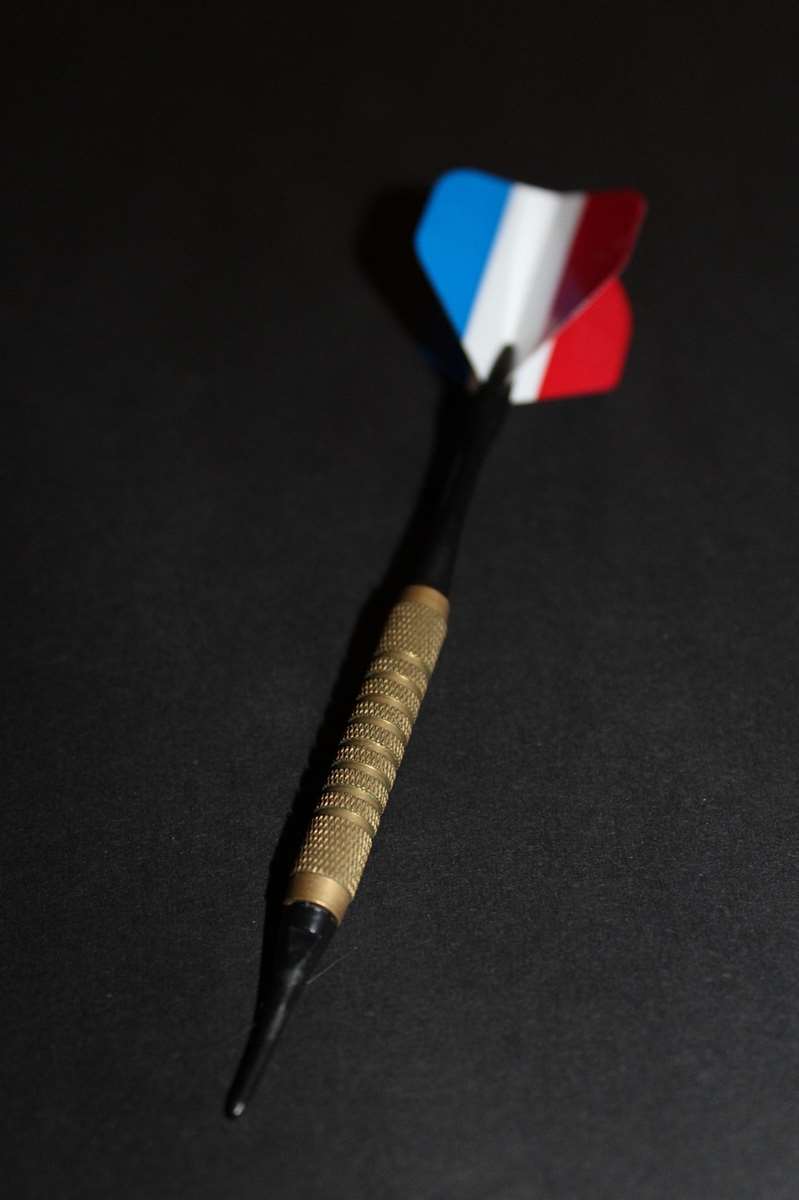Understanding the darts scoring format is crucial for both casual players and seasoned professionals. This article will break down the scoring system, explain different game variations, and offer tips to improve your game. We’ll also delve into common strategies and potential pitfalls to avoid.
⚠️ Still Using Pen & Paper (or a Chalkboard)?! ⚠️
Step into the future! The Dart Counter App handles all the scoring, suggests checkouts, and tracks your stats automatically. It's easier than you think!
Try the Smart Dart Counter App FREE!Ready for an upgrade? Click above!
The basic premise of the darts scoring format is simple: you throw three darts at a dartboard, aiming for specific sections to accumulate points. Each section has a designated point value, ranging from 1 to 20, and there are also multiplier sections (double and treble).
However, mastering the nuances of various games and utilizing strategic scoring techniques requires more than just knowing the point values. This comprehensive guide will equip you with the knowledge to confidently navigate any darts game.
Understanding the Darts Scoring Format: The Basics
The standard dartboard features 20 numbered segments, each with a single, double, and treble ring. The darts scoring format works by adding up the points you score with each throw, aiming to reach a specific target score before your opponent. A successful dart landing in the single 20 section earns you 20 points, whereas landing in the double 20 scores 40 points, and the treble 20 scores 60 points. The bullseye in the middle is worth 50 points (the inner bullseye) and 25 points (the outer bullseye).
Beyond just knowing the darts scoring format, strategic placement is key. Many experienced players employ techniques that maximize point acquisition whilst balancing risk and reward.

Common Darts Games and Their Scoring Formats
501
This is arguably the most popular darts game. The goal in 501 is to reduce your starting score of 501 to exactly zero. You must finish on a double, meaning your final dart must land in a double section whose score, when added to your current score, will total zero. The darts scoring format for 501 dictates that if you go below zero (bust), you forfeit that turn. Effective shot selection and risk management are paramount in 501.
301
Similar to 501, 301 starts with a score of 301 and requires the same double-out rule to finish. This is a faster-paced game suitable for practice sessions or casual play. Knowing the darts scoring format for both 501 and 301 is essential for any aspiring dart player. The strategy employed might differ based on the player’s skill level and risk tolerance.
Cricket
Cricket is a unique game; the darts scoring format for Cricket involves ‘closing’ numbers. Players aim to hit specific numbers (15, 16, 17, 18, 19, 20, and the bullseye) three times each. Once a number is “closed,” any further hits on that number score points for that player. The first player to close all their numbers and then score more points than their opponent wins. This game emphasizes consistency and strategic target selection.
Understanding the nuances of Cricket, different from the more straightforward scoring systems of 501 and 301, is crucial. It’s not just about adding up scores but about strategically closing numbers and maximizing scoring opportunities. Mastering these tactical aspects significantly improves your performance in this game.

Advanced Darts Scoring Strategies
Mastering the basic darts scoring format is just the first step. Advanced strategies involve understanding checkout percentages, which represents the probability of successfully finishing the game from a given score. Players often practice specific checkouts from certain scores to improve their consistency and reduce the risk of a bust.
Utilizing dart set function techniques to improve your consistency and accuracy is also crucial for increasing your points per turn. Planning shots in advance, aiming for high-scoring areas (trebles and doubles), and adapting your strategy based on your opponent’s performance are key to success.
Common Mistakes to Avoid
One common mistake beginners make is focusing solely on high-scoring areas without considering the risk of a bust. While aiming for trebles and doubles is tempting, it’s essential to maintain a balance between risk and reward. Overly aggressive play can easily lead to a bust, handing the advantage to your opponent. Consider using a Mobile dart scorer to keep track of your score effectively.
Another frequent error involves poor grouping. Even if you consistently hit high-scoring areas, scattered darts across the board aren’t as effective as tight groupings. Accurate and consistent throws are more crucial than just aiming for high-scoring segments. Improving your consistency will dramatically improve your points per turn.

Different Types of Darts and Their Impact on Scoring
The type of darts you use can subtly impact your scoring performance. Different weights, lengths, and materials affect the dart’s flight and ability to stick in the board. For example, aluminium shaft darts offer a balance of lightness and strength, allowing for greater precision. Experimenting with different types of darts to find the perfect fit for your throwing style and preferences is also essential for performance enhancement. This involves considering your hand size, throwing style, and personal preferences, which contribute to overall accuracy and score improvement.
The Role of Practice and Consistency
No matter how well you understand the darts scoring format, consistent practice is essential for improvement. Regular practice sessions, focusing on accuracy and consistency, will improve your performance significantly. Consistent practice will translate to better shot placement, better grouping, and better ability to anticipate and mitigate risks during a match.
Focusing on specific areas of weakness, such as your checkout percentage or specific scoring areas, will help you make consistent improvements. Consistent practice also aids in building muscle memory and improving the accuracy of your throw.

Beyond the Numbers: The Social Aspect of Darts
While the darts scoring format is the backbone of the game, darts is also a social activity enjoyed by millions worldwide. Whether it’s a casual game with friends or a professional tournament, the social aspect adds to the overall enjoyment. Many players also find that discussing game strategies and sharing tips with fellow players is as rewarding as the game itself.
Consider joining a local darts league or club to meet fellow enthusiasts, share experiences, and learn from more experienced players. Engaging with the community can unlock new opportunities for improving your gameplay and learning advanced strategies.
Attending local events and tournaments can not only enhance your understanding of the darts scoring format in a competitive context, but also greatly contribute to building community and networking within the darting sphere. This offers opportunities to learn from the pros, and potentially even meet famous players. Consider attending events near you.
Conclusion
Understanding the darts scoring format, including the different game variations and strategic considerations, is key to enjoying and excelling at darts. From mastering basic scoring to developing advanced strategies and understanding checkout percentages, the journey towards dart mastery is continuous. Remember to prioritize practice, consistency, and sportsmanship. So grab your darts, practice your aim, and get ready to experience the thrill of this exciting game! Whether you’re a casual player or aspiring professional, remember that consistent practice is the key to improving your performance and achieving your goals in darts.
Ready to put your knowledge into practice? Find a local league or start playing with friends today! Check out our other resources, such as darts match cardiff for more tips and advice on improving your game. You may also be interested in learning about darts board magnetic options for a convenient and safe setup, or possibly even darts vs crossbow osrs if you enjoy online gaming. Don’t forget to explore not a double darts to learn about different scoring scenarios. For those interested in the technical aspects of the game, you might find our article on dart oche hoogte useful. And for a glimpse into professional darts, consider exploring darts post match interview insights.

Hi, I’m Dieter, and I created Dartcounter (Dartcounterapp.com). My motivation wasn’t being a darts expert – quite the opposite! When I first started playing, I loved the game but found keeping accurate scores and tracking stats difficult and distracting.
I figured I couldn’t be the only one struggling with this. So, I decided to build a solution: an easy-to-use application that everyone, no matter their experience level, could use to manage scoring effortlessly.
My goal for Dartcounter was simple: let the app handle the numbers – the scoring, the averages, the stats, even checkout suggestions – so players could focus purely on their throw and enjoying the game. It began as a way to solve my own beginner’s problem, and I’m thrilled it has grown into a helpful tool for the wider darts community.